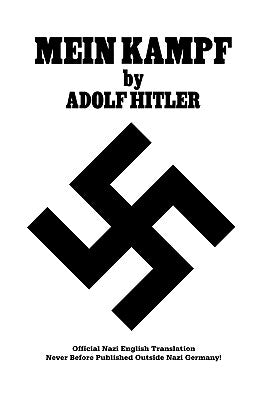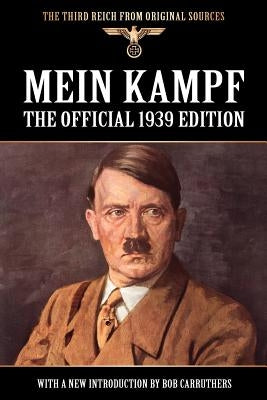Must-Read Books for Every Architect

For architects, continuous learning is crucial, whether you're a student, a seasoned professional, or somewhere in between. The field of architecture is rich with historical context, theoretical frameworks, and practical insights that can shape and inspire your work. To stay at the cutting edge and deepen your understanding, it's vital to read widely and wisely. This article highlights eight must-read books that every architect should consider, providing a comprehensive guide to some of the most influential and thought-provoking texts in the field.
1. The Architecture of Happiness by Alain de Botton
Alain de Botton’s The Architecture of Happiness explores the relationship between our surroundings and our sense of well-being. De Botton discusses how architecture affects our emotions and offers a philosophical perspective on the built environment.
Why It’s Essential: This book provides a thought-provoking look at how architecture impacts our daily lives and well-being. It’s an essential read for understanding the emotional and psychological aspects of architectural design.
2. Towards a New Architecture by Le Corbusier
Le Corbusier’s seminal work, Towards a New Architecture, is a foundational text in modern architecture. The book outlines his revolutionary ideas on functionalism and design, which have significantly influenced contemporary architectural practice.
Why It’s Essential: As a cornerstone of modernist thought, this book offers valuable insights into the principles that shaped modern architecture. It’s a must-read for understanding the evolution of architectural theory and practice.
3. The Death and Life of Great American Cities by Jane Jacobs
Jane Jacobs’ The Death and Life of Great American Cities critiques the urban planning policies of the 20th century and advocates for community-centered urban design. Jacobs’ observations and recommendations have had a lasting impact on urban planning and architectural practice.
Why It’s Essential: Jacobs’ book is crucial for anyone interested in urban design and planning. It challenges traditional notions of city planning and provides a compelling argument for more human-centered, vibrant urban environments.
4. Complexity and Contradiction in Architecture by Robert Venturi
Robert Venturi’s Complexity and Contradiction in Architecture is a key text in the postmodern architectural movement. Venturi argues for embracing complexity and contradiction in architectural design, challenging the simplicity of modernist ideals.
Why It’s Essential: This book is essential for understanding the shift from modernism to postmodernism in architecture. Venturi’s ideas on complexity and contradiction offer a different perspective on architectural design.
5. The Form of Cities: Political Economy and Urban Design by Jason Luger
Jason Luger's The Form of Cities explores the intersection of political economy and urban design, providing a critical analysis of how economic and political forces shape urban environments.
Why It’s Essential: This book is valuable for understanding the broader socio-economic factors that influence urban design and architectural practice. It provides a nuanced perspective on the interplay between politics, economics, and urban planning.
6. Architecture: Form, Space, and Order by Francis D.K. Ching
Francis D.K. Ching’s Architecture: Form, Space, and Order is a comprehensive guide to the fundamental elements of architectural design. Ching’s clear and accessible explanations make this book a valuable resource for both students and professionals.
Why It’s Essential: This book is a key reference for understanding the basic principles of architectural design. It provides a solid foundation in form, space, and order, essential concepts for any architect.
7. S, M, L, XL by Rem Koolhaas and Bruce Mau
Rem Koolhaas and Bruce Mau’s S, M, L, XL is an extensive compilation of architectural projects, theories, and reflections. The book provides a comprehensive overview of Koolhaas’s work and his approach to architecture.
Why It’s Essential: This book is a must-have for understanding the work of one of the most influential architects of our time. It offers insights into Koolhaas’s innovative approaches and design philosophies.
8. Architectural Digest: The Top 100 Architects edited by Architectural Digest
Architectural Digest: The Top 100 Architects provides profiles and works of some of the most influential architects in the world. This book showcases a range of styles and approaches, offering inspiration and insights into the global architectural scene.
Why It’s Essential: This book is an excellent resource for exploring the work of leading architects and gaining inspiration from diverse architectural styles. It provides a broad overview of contemporary architectural achievements.
Must-Read Books for Every Architect
These eight books represent a range of perspectives and insights that are essential for any architect. From foundational texts in modernism and postmodernism to critical analyses of urban design and the impact of architecture on well-being, each book offers valuable knowledge and inspiration. By delving into these must-reads, architects can expand their understanding, refine their practice, and continue to contribute meaningfully to the field of architecture.
Explore your favorite book at your own online bookstore.Happy Reading!












